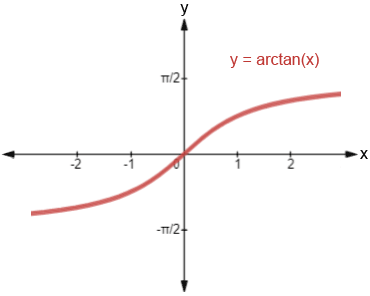The Fourier Expansion
Sources:
- B. P. Lathi & Roger Green. (2021). Chapter 3: Signal Representation by Fourier Series. Signal Processing and Linear Systems (2nd ed., pp. 261-277). Oxford University Press.
Trigonometric Fourier Expansion
After showing that (see my past post) the set of sinusoids (called the trigonometric set) in
We can therefore express an arbitary[^3] signal
- Terminologies:
- A sinusoid of frequency
- A sinusoid of frequency
NOTE: In signal processing, we use
NOTE: See the existence of FE.
The Effect of Symmetry
Recall from Even and Odd Functions that every signal
- Even part
- Odd part
For this reason, we can easily see that
If
If
Periodicity of the Trigonometric Fourier Series
We now use
(Note that, the original signal, usually also denoted as
Proof:
We know that
Compact Trigonometric Fourier Series
# TODO
The results derived so far are general and apply whether

The Fourier Spectrum
The compact trigonometric Fourier series in Eq.
A periodic signal
and whose phases are
respectively.
Here, we use the term spectrum to refer the representation of a signal in terms of its constituent sinusoidal signals (computed by the Fourier transform) in frequency domain.
In frequency domain, a sinusoidal signal of frequency
We use two charts to show the signal:
- The amplitude spectrum, which is the amplitude
- The phase spectrum, which is the
The two plots together are the frequency spectra of
Appendix: Addition of Sinusoids
Two sinusoids having the same frequency but different phases add to form a single sinusoid of the same frequency. This fact is readily seen from the well-known trigonometric identity
Setting
From trigonometry, we know that
Equation (B.17) shows that
The process of adding two sinusoids with the same frequency can be clarified by using phasors to represent sinusoids. We represent the sinusoid
This post mainly involves the trigonometric Fourier expansion. There are other forms of Fourier expansion. Like the exponential Fourier expansion.↩︎
As mentioned before, unless otherwise told, the notation "